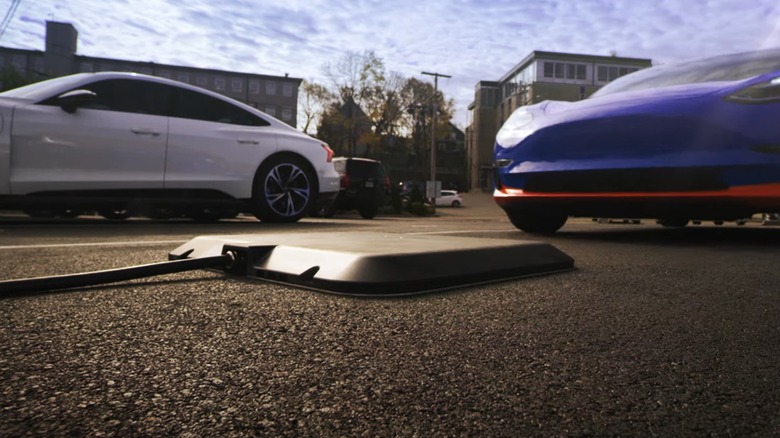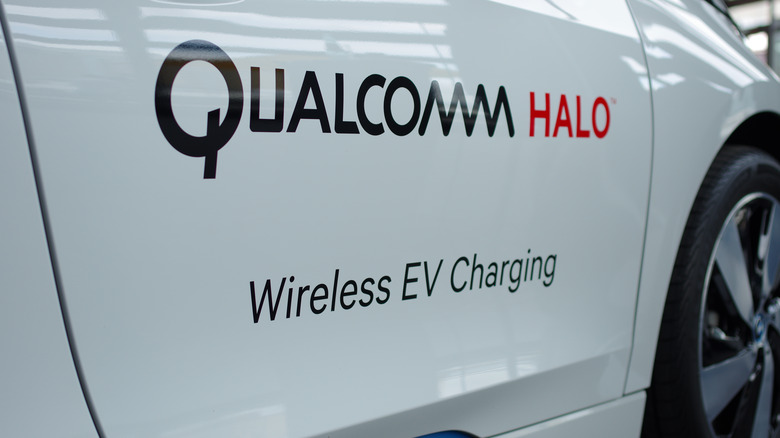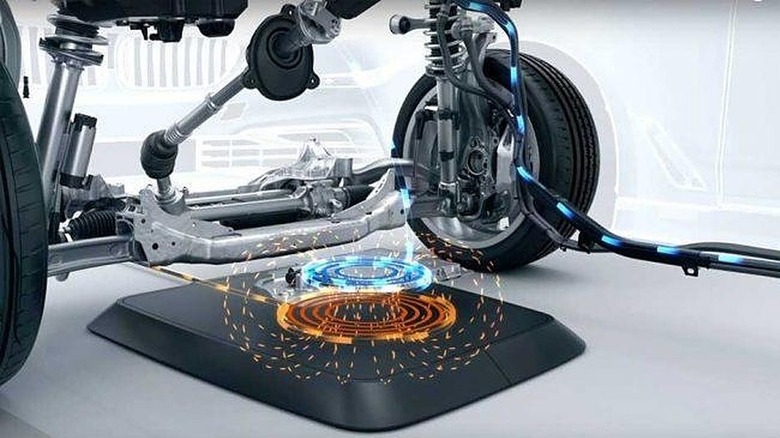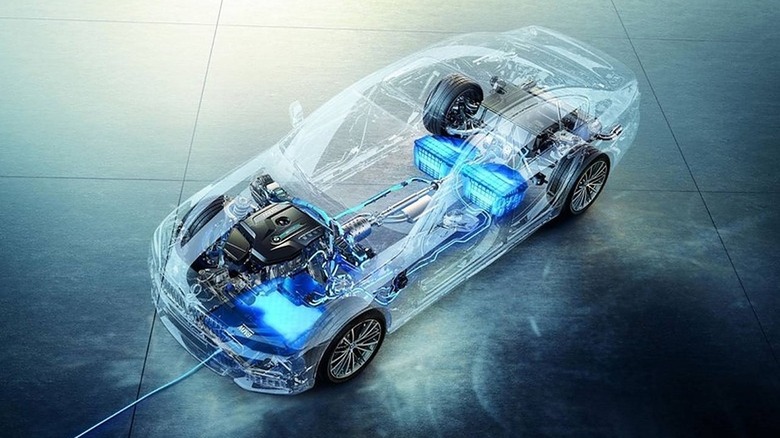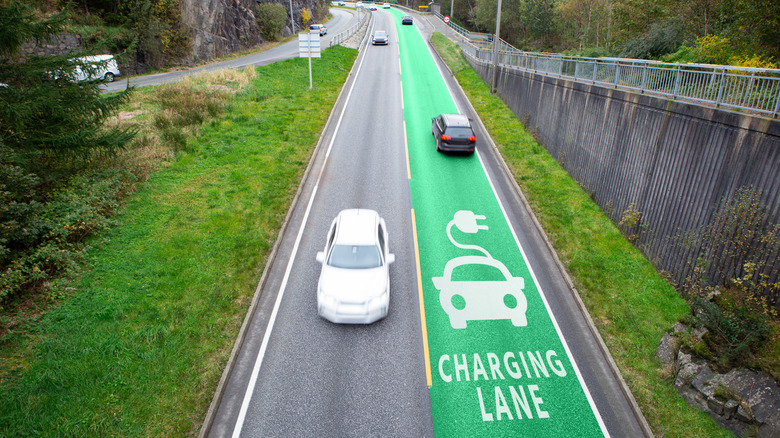How Does Wireless EV Charging Work?
All current EV charging infrastructures rely on conductive charging to get the job done. In other words, electric vehicle owners need to plug in the vehicle manually using conventional charging cables. However, wouldn't it be great if modern EVs came standard with wireless charging capabilities? If automakers can give modern cars the ability to charge smartphone batteries wirelessly, why cant these same modern electric vehicles be wirelessly charged themselves?
American legacy auto giant General Motors has been looking into wireless EV charging as early as 2017. Back then, GM formed a partnership with fellow American wireless charging expert WiTricity to conduct pilot testing of the latter's Drive 11 park-and-charge system for future Cadillac, Chevy, and GM electric cars and plug-in hybrid vehicles. In 2019, WiTricity bought Qualcomm's wireless car charging technology to boost their own.
Japanese automaker Nissan signed a similar partnership with WiTricity that same year to give its proprietary Nissan Leaf the convenience of hands-free, wireless charging. On the other hand, Hyundai's luxury arm Genesis is introducing wireless inductive charging to its 2022 GV60 EV, the first production electric vehicle to feature an optional wireless charger, also derived from WiTricity's Drive wireless charging solutions.
What is wireless EV charging?
The conventional way to recharge an electric vehicle is conductive charging. It requires the user to connect a conductor cable between the car and the charging station, and it's no different when you plug in your smartphone charging cord to recharge the battery. Despite its apparent limitations (you need to get out of the car to plug the cable, and charging stations/cables need lots of space), conductive charging has many advantages like:
- Higher power transfer efficiency
- High-speed DC charging capabilities
- Lower maintenance
- Zero electromagnetic emissions
On the other hand, wireless charging or inductive charging utilizes an electromagnetic (EM) field to transmit energy between two objects – in this case, between the charger and the car. It also means there's no need to fiddle with charging cables in the rain or biting cold, and the recharging process starts by simply parking or aligning the vehicle to the wireless charging pad in the ground.
How does wireless inductive charging work?
The process is no different from the wireless smartphone charger inside your car, albeit on a grander scale. Wireless EV charging requires an induction coil that creates an alternating EM field from the charging pad. Meanwhile, a second induction coil in the vehicle receives the EM field from the charging pad, effectively recharging the vehicle batteries after the system converts the EM fields to electric currents.
German automaker BMW was the first to release a commercially-viable wireless charging system from Qmerit for its 2019 530e plug-in hybrid luxury sedan. Although unveiled in limited numbers, the system output is only 3.2 kW, enough to replenish the 5-Series PHEV's 9.2 kW battery pack in 3.5-hours. Swedish automaker Volvo wants to speed up the wireless charging process by testing a 40 kW wireless charger from Momentum Dynamics to a limited fleet of XC40 Recharge taxis across Gothenburg. If all goes to plan, Volvo's wireless charger could be up to four times faster than a wired 11 kW AC charger and a wired 50 kW DC rapid charger, breaking open the doors to quicker and more efficient wireless EV chargers with fewer emissions.
What are the disadvantages of wireless EV charging?
Despite numerous testing and advancements by significant automakers, wireless EV charging technology is still in the early stages of development. Wireless chargers are more efficient when the distance between the transmitter and the receiver is as close as possible, and it's tricky to achieve that on a vehicle that requires a sufficient amount of ground clearance.
Helping accelerate the rollout is SAE International's J2954 global standard for wireless EV charging, which applies to inductive charging systems up to 11 kW at 94-percent efficiency. But then again, wireless EV chargers demand significant investments in infrastructures (the charging pads) and electric vehicles (receiver pads), so the cost remains the biggest hurdle to the immediate adoption of wireless EV charging technology.
Wireless EV charging in the future
In September 2021, Michigan Governor Gretchen Whitmer supported a pilot initiative to develop the first wireless charging infrastructure on a public road. And in February 2022, Governor Whitmer awarded Electreon a contract to build a public wireless in-road charging system with the capability to recharge EVs while stationary or in motion.
The program will be operational by 2023, and testing will commence on a one-mile section of road in Detroit, allowing EV drivers to recharge the car while driving. In-motion wireless EV charging is a revolutionary step that could probably get rid of range anxiety once and for all.
Above you'll see an image of in-road charging segments being deployed by Electreon in Gotland, Sweden.
